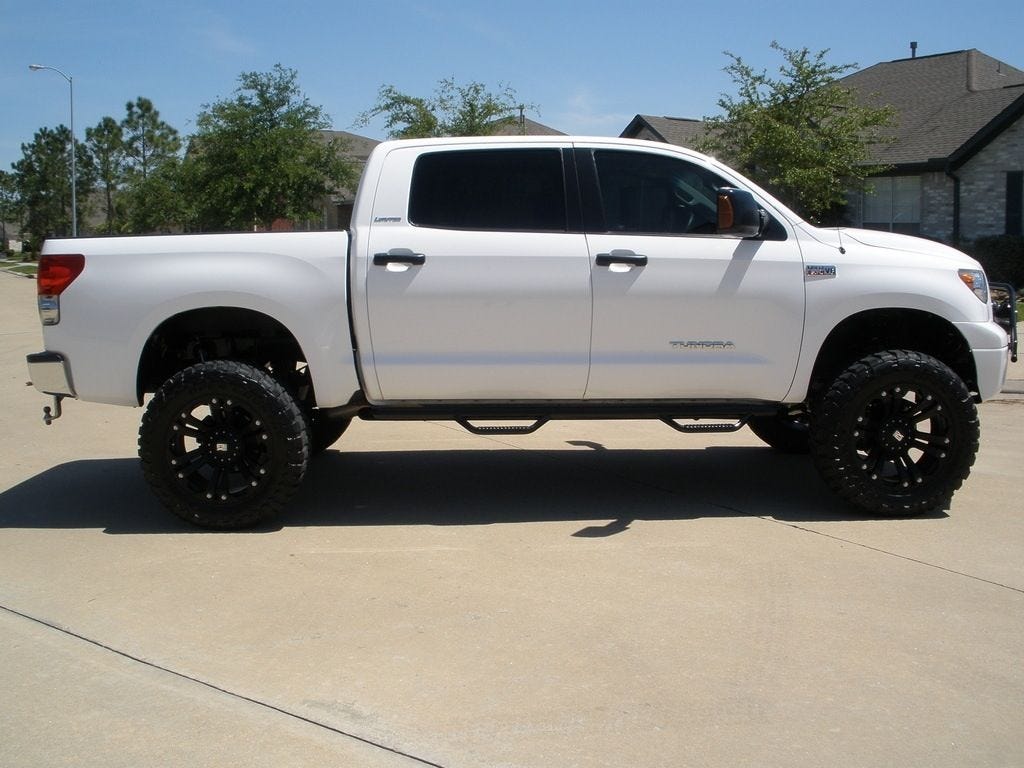We asked writers to take us back to their queer roots — to the crush or song or movie character that first made them question their sexualities. Here are three portraits of queerness in the making.

Wearing purple Skull Candy headphones, I lay in my lofted bed, listening to the sweet balladry of the Canadian indie-rock band Tegan and Sara’s 2007 hit record The Con. The album opened with an a cappella call and response: I married in the sun (tell me where tell me where). Against the stone of buildings built before. You and I were born (start again, start, again). It was six years before the Supreme Court’s landmark decision, United States v. Windsor, which struck down the Defense of Marriage Act (DOMA).The LGBTQ community was disillusioned with the potentiality of legal acknowledgement of same sex love. Listening to “I Was Married,” Sara Quin’s ode to her and her partner’s civil ceremony, I was realized it was my love too.
I was at a loss for any romantic experience, let alone that of the queer variety. Yet I clung onto each lyric, mourning an imagined relationship lost to cowardice, convinced that they were singing not about, but to me. Built a wall of books between us in our bed. Repeat, repeat the words that I know we both said. In fetal position, I wept into my pillow.
It’s easy for me to mock my 12-year-old, melodramatic self, but to this day, it was the most authentically gut-wrenching emotional response I’ve had to a work of art. When the mulleted, pierced-lipped duo sang about the letters they buried in backyards and running away from vulnerability, it evoked utter dread in me. The slight of my hand hoping to touch hers, the irrational things I did for her attention, and then my paralysis when I had it.
Over the years, I grew into my gayness and out of my angst. My crushes ceased to be unrequited, and in college, I was lucky enough to find a queer community that came close to my idealized conception of romantic kinship. I felt less alone. But there are still some days when I crave a queer tragedy. That’s when I reach for my headphones.
— Addee Kim, JE ’21, YH Staff
Shrinking in my oversized t-shirt, I heaved my skinny body into the driver’s seat of my big, white Toyota Tundra pick-up truck. A true Florida boy’s car, I thought to myself, each time I drove — windows down, hair freely flowing, music blaring — from one air-conditioned Orlando haven to the next. The summer I got my truck, just one year after I came out, I was still trying to feel like a man. I can be gay and masculine. My sexuality won’t define my personality. The truck was a reminder of my ossified straightness, a steel exoskeleton of my internalized homophobia.
Speeding down the I-4 in my oversized shirt, in my even-more-oversized truck, I felt empowered, protected in my hetero-shield. Fuck that guy! He just cut me off! I would extend my slender arm out of my window and lift the finger in anger. But suddenly, I would be overcome with fear. I’ve transgressed my defence. I’ve sold myself out. Windows up, volume down.
Months passed, and I grew into my sexuality and femme presentation. At Yale, away from the Florida heat, I wear Glossier Cloud Paint and my friend’s tight pink sweater. I pout my lips in pictures and twerk to Kali Uchis. Yet the truck remains, parked in my suburban driveway. It’s no longer a symbol of my vestigial straightness: it’s now the biggest challenge of my queer expression, one I have yet to overcome. How do I fit my truck into the changing framework of my gay identity?
Over winter break, I sped down I-4, windows down again. Some jerk cut me off. Arm out, finger lifted, t-shirt tight, cheeks pink, volume high.
— Hamzah Jhaveri, TC ’22, YH Staff
— Jordan Powell, MY ’21, YH Staff
Roots was originally published in The Yale Herald on Medium, where people are continuing the conversation by highlighting and responding to this story.
